A little less than a year ago, I wrote an article about alternatives to mandatory arbitration for resolving disputes between advisors and their clients (see, Beyond Mandatory Arb: 4 Options for Advisor-Client Dispute Resolution). Consider this article the prequel. Indeed, there is an even more attractive means to resolve a dispute before suiting up for court or arbitration…
Just settle the damn thing.
Settlement between quarreling adversaries is statistically the most common resolution. According to FINRA’s 2016 Dispute Resolution Statistics, 50% of all FINRA arbitrations are settled independently between the parties; only 21% of arbitrations are actually decided by an arbitrator (the remainder are resolved through mediation, withdrawn, or “other” means). The settlement percentage is even higher for civil suits in general.
The most important element to a settlement – and hopefully the most obvious – is that it is in writing and signed by all of the parties to the dispute at hand. But there are a host of other important elements to a settlement and release agreement that can help ensure that the dispute is put to rest once and for all. I don’t recommend executing a settlement agreement without the assistance of an attorney, but I’ve tried to outline some basic pointers to consider as it is drafted and negotiated.
Identify and Include All of the Settling Parties
This is particularly important for joint account holders, business entities or other related parties. The goal here is to be realistically inclusive so that somebody not bound by the settlement agreement doesn’t later appear and seek recovery based on the same or similar dispute. Later paragraphs can identify on behalf of whom the parties are settling and releasing claims (successors, assigns, affiliates, officers, agents, etc. ad infinitum).
Identify the Dispute
The dispute itself can be described either very broadly or very narrowly depending on what the parties negotiate and whether the advisor and the client expect to continue their advisory relationship after the dispute is settled. The aggrieved client will naturally want the dispute narrowly tailored and the advisor will seek to have it read as broadly as possible, so this will be a point of negotiation. Also consider whether the settlement and release will be limited to to known/existing claims, or future/unknown claims as well. If the latter, some states may require specific disclaiming language.
Describe the Bargained-for Exchange
For any contract to be legally binding and enforceable, it must contemplate a “bargained-for exchange”. My trusty Black’s Law Dictionary defines a bargained-for exchange as “a benefit or detriment that the parties to a contract agree to as the price of performance in return for a promise.” In the context of an advisor-client settlement agreement, this could mean that the advisor agrees to pay the client a sum of money in exchange for the client’s promise not to sue. Or it could mean that the advisor agrees to discount fees for a period of quarters, provide additional services without due compensation, or some other creative arrangement if the advisory relationship is to continue.
Don’t Admit Fault and Ensure the Settlement Is Acknowledged
The whole purpose of a settlement and release is to avoid finger pointing in a more formal setting like court or arbitration. Thus, there is no reason for the advisor (or the client) to admit to any wrongdoing and the agreement should include a clause expressly disclaiming any fault or liability. The client, in return for receiving some sort of payment or benefit from the advisor, should also expressly acknowledge the settlement and forever covenant not to seek future recovery.
Confidentiality and Non-Disparagement
Settlement agreements as a general matter are confidential (with certain carve-outs for responding to regulatory authorities, subpoenas, as required by law or a court order, etc.). Neither party is likely eager to put the settlement details on blast, but for the avoidance of doubt a confidentiality clause should be considered mandatory. Taken a step further, the parties should also agree not to bad-mouth each other either publicly or privately afterwards. As tempting as it may be to vent on Facebook or at the water cooler, doing so is counterproductive to the spirit of a settlement and may ultimately reignite the dispute.
Any Pending Arbitration/Litigation Should Be Dismissed With Prejudice
If the client has already filed a lawsuit or initiated an arbitration proceeding, the settlement should be conditioned on the voluntary dismissal of any outstanding proceedings. The dismissal should be “with prejudice,” meaning that the client is barred from later suing based on the same claim. A proceeding dismissed “without prejudice” means the door has been left open for later re-prosecution.
Dispute Resolution
As counterintuitive as it may sound, even a settlement agreement should include a clause that describes which state’s laws will govern a dispute over the settlement agreement itself, and which court will be used to enforce its terms. If the advisor fails to pay or the client breaches one of its terms, the parties may ultimately end up in court anyway to litigate a breach of contract claim. Hopefully this clause will be irrelevant.
Retaining qualified counsel (for both parties) is highly recommended to ensure the settlement agreement is valid, enforceable and accounts for state law nuances. With carefully crafted language and unemotional negotiation, hopefully both parties can avoid the time and expense of giving an arbitrator or a judge the final say.
* * *
This article originally appeared on January 27, 2017 in ThinkAdvisor.

